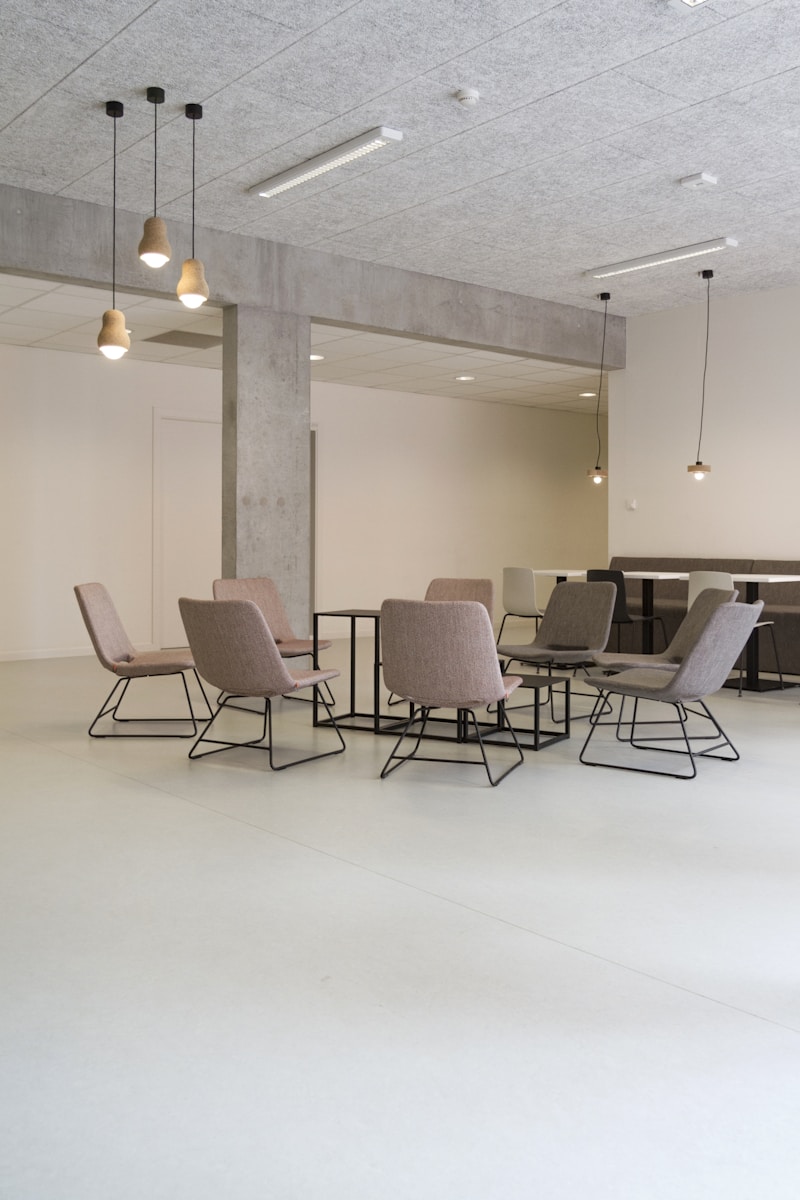Classic Meets Contemporary: A Harmonious Blend of Timeless Elegance and Modern Design
The world of design is ever-evolving, yet certain styles remain timeless. The concept of "Classic Meets Contemporary" is one where traditional elements beautifully intertwine with modern aesthetics, creating spaces that resonate with both nostalgia and freshness. This article delves into the essence of this design philosophy, exploring its history, characteristics, and how to achieve this balance in various settings.
The Essence of Classic Meets Contemporary
At its core, the fusion of classic and contemporary styles is about creating a dialogue between two distinct design philosophies. Classic design often features ornate details, rich history, and timeless color palettes, while contemporary design is characterized by minimalism, clean lines, and an open sense of space. Combining these elements can yield stunning results that celebrate the best of both worlds.
The Historical Context
The idea of blending classic and contemporary designs is not a new phenomenon. Throughout history, different eras have influenced one another. The Victorian period, known for its grandiosity and intricate details, has inspired many modern interpretations. On the other hand, modernism, which emerged in the early 20th century, sought to break away from ornate styles, paving the way for the clean, functional designs we see today.
Characteristics of Classic and Contemporary Designs
| Classic Design | Contemporary Design |
| Ornate details | Simplicity and minimalism |
| Rich colors and textures | Neutral palettes and bold hues |
| Traditional materials like wood and marble | Innovative materials like glass and metal |
| Furniture with intricate designs | Sleek, functional furniture |
Achieving the Classic Meets Contemporary Aesthetic
To effectively blend classic and contemporary styles, consider the following tips:
1. Balance is Key
When designing a space, balance is crucial. For example, if you have a classic sofa with ornate detailing, complement it with a contemporary coffee table that has clean lines. This creates a visually appealing contrast without overwhelming the senses.
2. Color Coordination
Use a cohesive color palette to cool the opposing styles. Soft neutrals with pops of color can unify the look. For instance, pairing a classic deep blue with a contemporary soft gray can create an inviting atmosphere.
3. Mix Materials
Incorporating a variety of materials helps enhance the relationship between classic and contemporary designs. Consider wooden frames for furniture paired with metal accents or glass pieces. This not only adds depth to the design but also reflects the harmony between the two styles.
4. Art and Accessories
Artwork plays a significant role in setting the tone of a room. Choose classic frames for contemporary art pieces or vice versa. Accessories such as pillows, rugs, and vases can further anchor the space, allowing for an expressive blend of styles.

Incorporating Classic Meets Contemporary in Various Spaces
This design philosophy can be applied in numerous settings, from homes to corporate offices. Here are a few examples:
1. Living Rooms
The living room is often the heart of the home and provides an excellent opportunity to merge classic and contemporary styles. A classic chandelier can send rays of elegance above a minimalist coffee table. Incorporate modern art pieces that spark conversation against a backdrop of traditional wallpaper or moldings.
2. Kitchens
In the kitchen, classic white cabinetry can blend with contemporary stainless steel appliances. Consider a farmhouse sink as a nod to classic design while pairing it with sleek, modern countertops. Open shelving displaying minimalist dishware can also add a contemporary touch.
3. Bedrooms
In the bedroom, a traditional four-poster bed can be complemented by contemporary bedding and accessories. Create an inviting space with a mixture of textures and layers, balancing the romantic with the modern.
4. Offices
In a corporate setting, blending classic wooden desks with contemporary office chairs can create a refined yet progressive environment. This combination enhances client interactions, promoting professionalism while encouraging a modern workflow.
Common Questions about Classic Meets Contemporary
Here are some common questions people ask regarding the fusion of classic and contemporary designs:
1. Can I mix different classic styles?
Absolutely! Mixing different classic styles can add richness and layering to your design. Just ensure the pieces are complementary in color and texture.
2. What are some classic style icons?
Some iconic classic style elements include Victorian furniture, Georgian architecture, and traditional artwork. Incorporating a few of these elements can ground the contemporary aspects of your design.
3. How can I ensure the space doesn’t feel chaotic?
To avoid chaos, focus on a cohesive color palette and strategically placed focal points. Choosing a few statement pieces rather than overcrowding the space with too many designs can also contribute to a harmonious feel.
4. Is this design style appropriate for small spaces?
Yes, merging classic and contemporary styles can work in small spaces! Use mirrors, light colors, and multipurpose furniture to create an illusion of space while incorporating timeless elegance.
Conclusion
The philosophy of "Classic Meets Contemporary" is about creating a balanced and harmonious design that celebrates both historical elegance and modern innovation. By mixing elements thoughtfully, one can create stunning interiors that are familiar yet refreshing, honoring the beauty of tradition while embracing the freedom of contemporary design. Remember that the key lies in balance, color coordination, and carefully selected materials and accessories. Enjoy the creative journey of merging these styles, and let your space tell a story that bridges the past and the present.